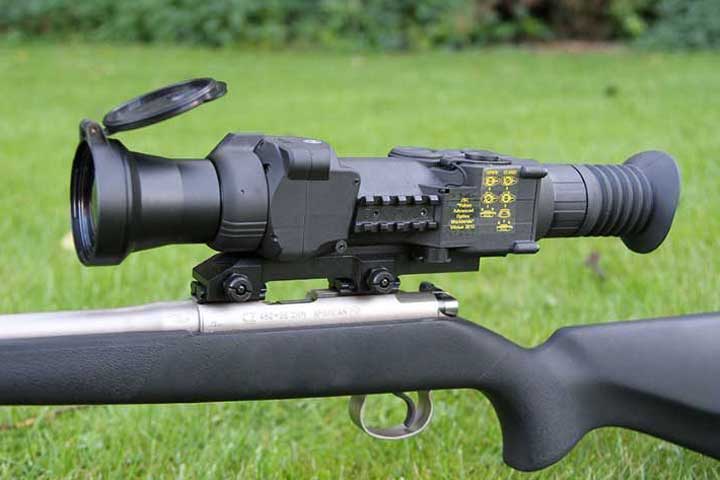Thermal imaging has solved numerous issues across industries and enhanced efficiency and working models. It is highly preferred for low light detections and ranging. Thermal optics use infrared sensors that reflect from an object’s surface and present a heat map. The heat map is an approximate representation of the object’s shape and size. Once a military miracle, this technology has slowly made its presence in the civic industries too. If you are a hunter or a deep-sea diver, thermal optics are a must for you. Here is an article on six interesting facts about thermal optics that will enhance your knowledge and save you from the widespread myths on the subject.

Detector resolution
There are two kinds of resolutions that come with the thermal imaging scopes. The detector resolution represents the pixels on the camera on the scope. Higher pixels mean that you will get a refined picture even through high-resolution devices. The other is spatial resolution which assists in locating smaller objects. When buying a scope from AGM Global Vision, ensure that the detector resolution is high and the spatial resolution is low. If the spatial resolution is at par with the detector resolution, you will get a pixelated image, and the heat map details will be lost.
Focus
Thermal scopes offer a variety of focusing options to cater to every professional from novice to veteran. The most popular focus type sought in these scopes is the fixed scope which requires you to point at the target and do the needful. However, if you start with thermal imaging, go with the autofocus detector scope camera, which will use AI to detect the object and point at it. Other available focus types are manual and laser. Manual focus requires long practice hours and cutthroat precision. Therefore, choose your product according to the skills you possess.
Temperature range
The temperature range depends on the money you want to spend on the thermal scopes. It refers to the presentation of the lowest and highest temperature points in an object. This range difference will offer you an accurate representation and depth detailing of the project.
Adjustable lenses
Many people don’t realize this, but you can shuffle through your lenses if you buy a scope camera that allows you to do so. You can switch according to the situation and scenarios and get better results. For example, in a dense forest where you want to locate the object in the vicinity, you can switch to a wide-angle camera, which will allow you to take a bigger picture in the frame allowing for easy spotting. The lenses are also easily available in the market.
Saving images
Most thermal scopes come with their internal memory to allow for on-spot saving of the images. The heat maps and the object details can be saved conveniently in your scope. You can also expand your scope’s memory by putting in an external memory card. Memory expansion is beneficial when you are using a high-resolution scope camera that captures bulky images. However, do not forget to transfer the data from the scope to your primary memory device to prevent data loss in the future.
High contrast scopes
Most scopes make use of color contrasts to detect anomalies in the object. These scopes can switch from different color patterns to present a heat map with precise details. However, color contrast works well only on bigger objects and blatant anomalies. If you want to capture minute anomalies, you must switch your scope’s contrast to the monochrome palette.
Black and white and grayscale palettes are more adept at capturing minor discrepancies. You can switch through the contrast through your scope settings or the support software. Color contrast technology is also widely used in thermal binoculars and professional sports.



